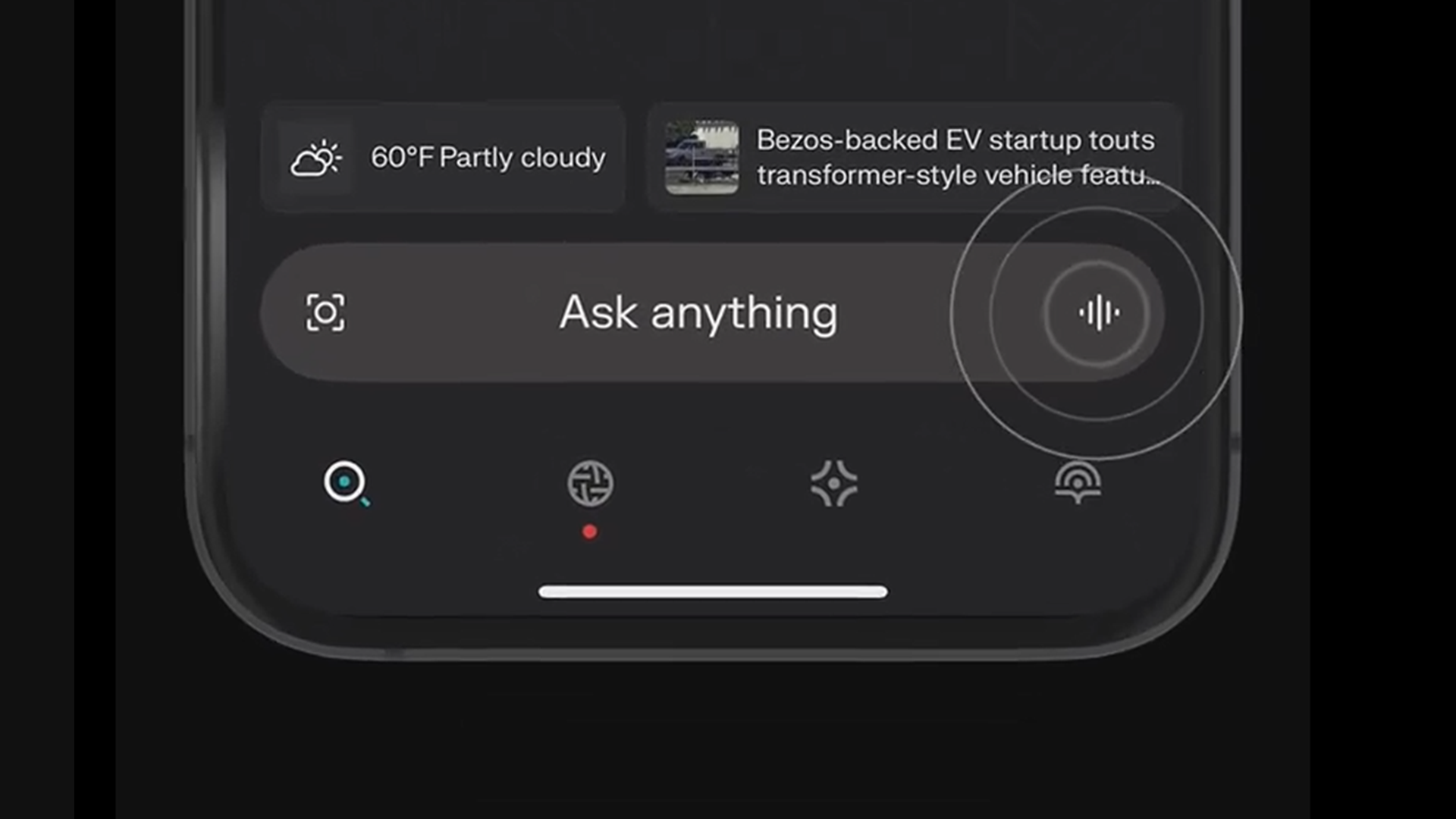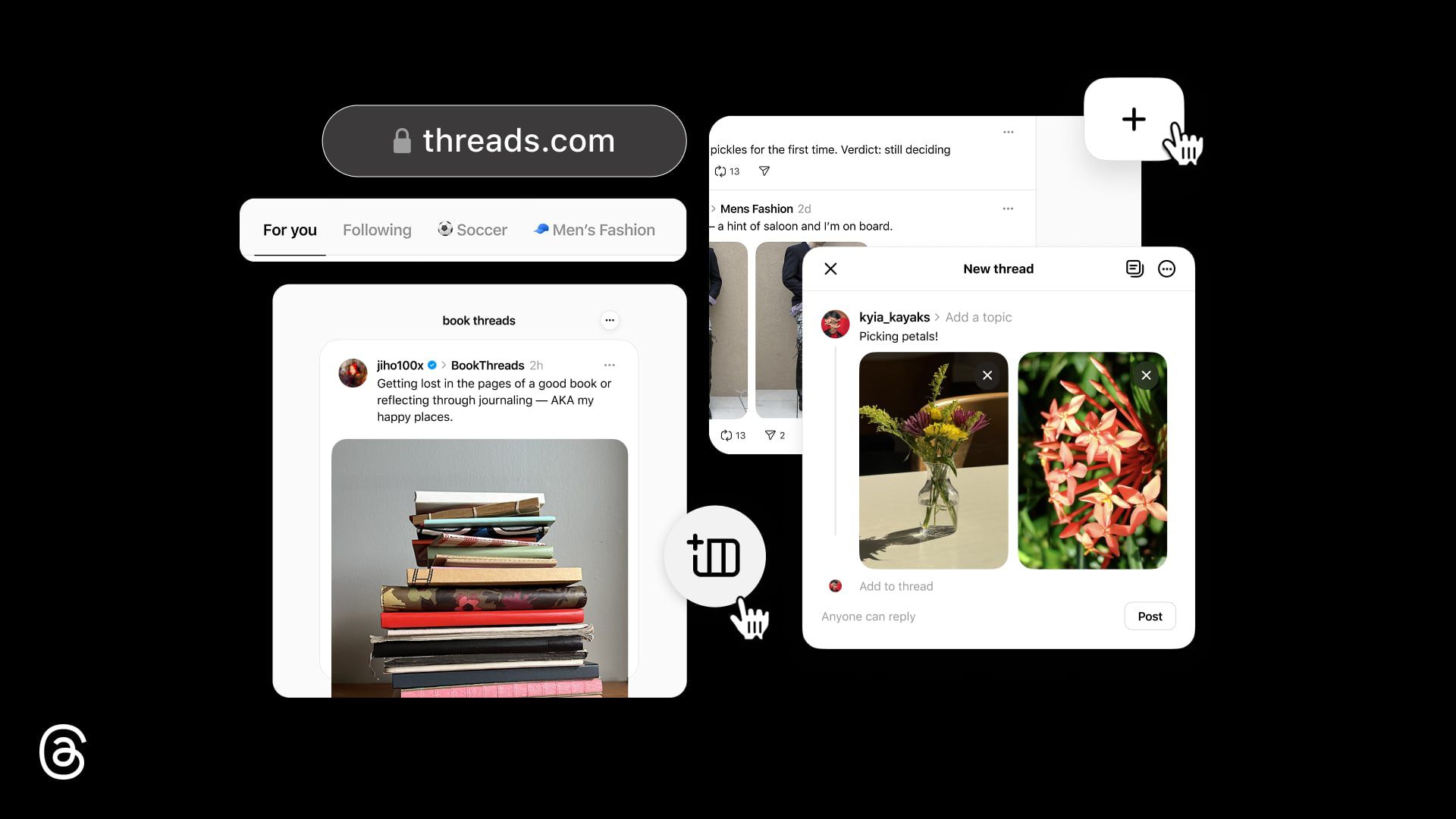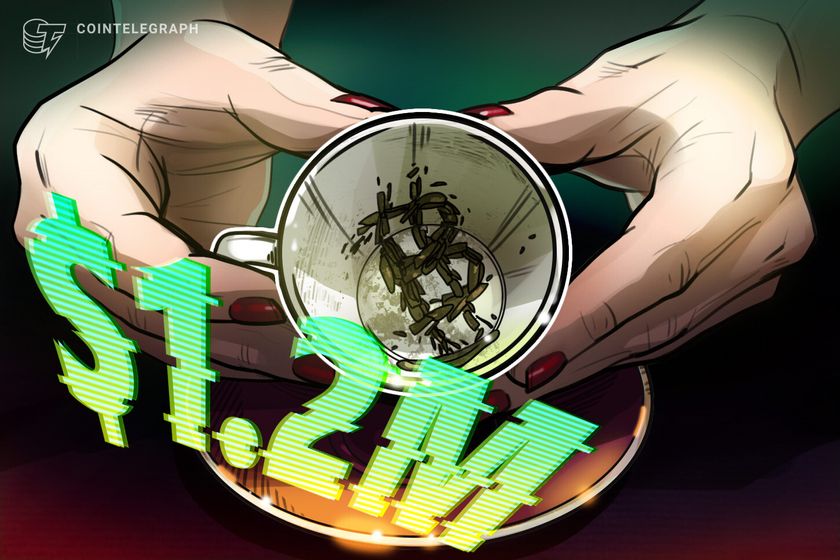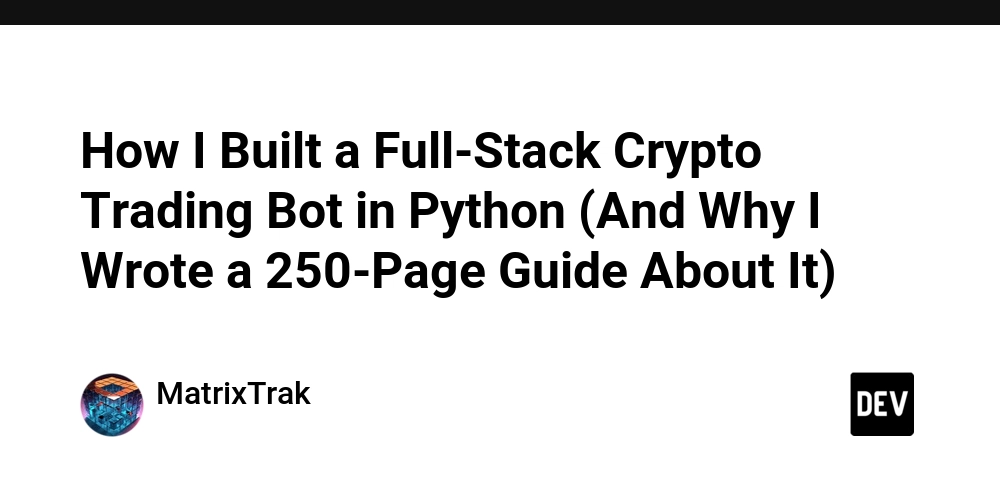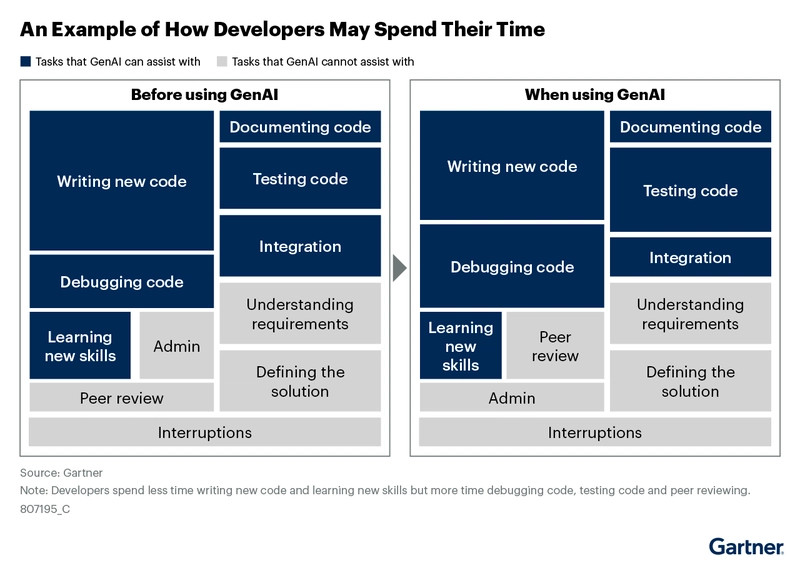Automate Your App Cleanup, Just Like Your Robot Vacuum: A Step-by-Step Guide
In today's fast-paced development world, keeping your codebase clean and your application running smoothly is as vital as keeping your home tidy. Just like your robot vacuum autonomously clears dust from every corner, you can set up your app to clean itself — efficiently, consistently, and with minimal manual input. Let’s explore how to create an automated cleaning system for your web app that’s inspired by real-life cleaning routines, but supercharged with code. Why App Cleaning Matters A clean app means: Fewer bugs Faster build times Improved developer experience Higher performance for users Just like letting your physical space accumulate dust can lead to allergies and discomfort, letting obsolete code, unused files, or outdated dependencies linger can bog down performance and invite issues. Step 1: Define What "Clean" Means in Your App In cleaning services, there's a checklist — floors swept, surfaces wiped, bathrooms sanitized. In apps, you need your own checklist: Remove unused variables or components Delete obsolete routes Clean up dependencies Clear build artifacts Archive outdated logs and backups Step 2: Choose the Right Tools (Your Digital Broom Closet) Different platforms require different tools. For JavaScript/Node apps, a solid combo includes: eslint + prettier for linting and formatting depcheck to find unused dependencies Custom shell scripts or npm scripts for tasks rimraf to clean build folders Cron jobs or GitHub Actions for automation Example package.json script setup: "scripts": { "lint": "eslint src/**", "format": "prettier --write .", "clean": "rimraf dist && rimraf coverage", "check-deps": "depcheck" } Step 3: Automate Your Tasks Just like scheduling your robot vacuum to run at 9 AM every day, you should automate your app cleanup process: GitHub Actions Example name: App Cleanup on: schedule: - cron: '0 5 * * 1' jobs: clean: runs-on: ubuntu-latest steps: - uses: actions/checkout@v3 - name: Install dependencies run: npm install - name: Run cleanup scripts run: | npm run lint npm run format npm run clean npm run check-deps Local Cronjob (for backend cleanup) 0 2 * * * cd /your-app-dir && npm run clean && npm run archive-logs Bonus: Automate Log Rotation with Node You can also automate log cleanup using a script like this: const fs = require('fs'); const path = require('path'); const logDir = './logs'; const maxAge = 7 * 24 * 60 * 60 * 1000; // 7 days fs.readdirSync(logDir).forEach(file => { const filePath = path.join(logDir, file); const stats = fs.statSync(filePath); if (Date.now() - stats.mtimeMs > maxAge) { fs.unlinkSync(filePath); console.log(`Deleted old log file: ${file}`); } }); Step 4: Log and Alert Would you let your robot vacuum run without checking if it actually cleaned anything? Logging is key. Use tools like: winston or pino for logging Slack or email notifications for errors during cleaning Monitor success/failure via GitHub Actions or cron logs Logging Example with Winston const winston = require('winston'); const logger = winston.createLogger({ level: 'info', format: winston.format.combine( winston.format.timestamp(), winston.format.json() ), transports: [ new winston.transports.File({ filename: 'app-cleanup.log' }) ] }); logger.info('Cleanup process started'); Step 5: Expand to Cloud Storage, Caches, and CDNs Many apps accumulate stale assets in S3 buckets, Redis caches, or CDN layers. Schedule routines to clear: Old image versions Expired cache keys Unused file uploads Step 6: Audit Regularly Automation is great — until it silently breaks. So audit your cleaning routines every few months: Check if the scripts are still effective Update ignored paths or rules in your linters Monitor dependency changes A Clean App is a Healthy App Just like regular cleaning helps maintain your home’s value and comfort, digital hygiene keeps your app running like new. It’s all about consistency and automation. The Urban Developer's Perspective When you live in a busy city like Chicago, you don’t always have time to clean every inch of your space. That’s why people rely on Apartment Cleaning Chicago, IL professionals to handle it. Think of automation in your app the same way — a hands-free way to keep things running optimally while you focus on new features, scaling, or better user experiences. Keep your app clean, your code beautiful, and your development process smooth — all with the mindset of your ever-reliable robot vacuum. Happy coding
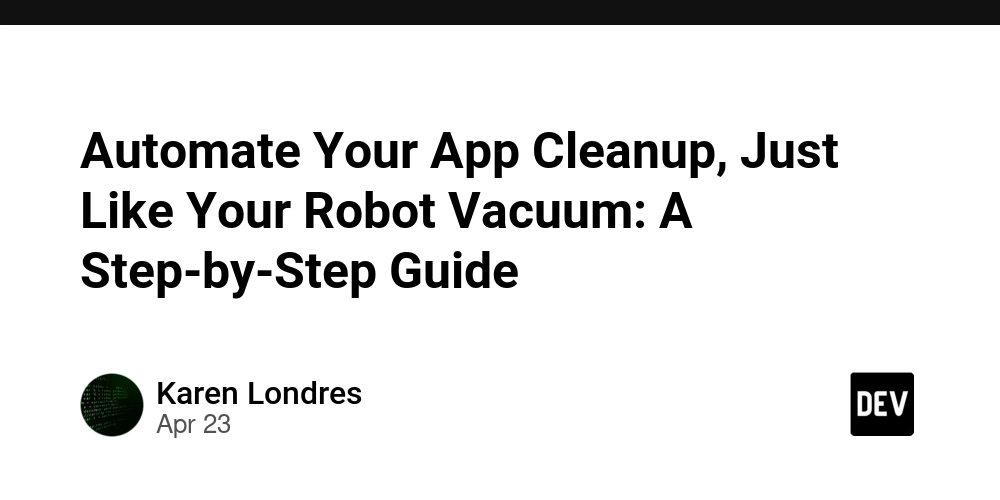
In today's fast-paced development world, keeping your codebase clean and your application running smoothly is as vital as keeping your home tidy. Just like your robot vacuum autonomously clears dust from every corner, you can set up your app to clean itself — efficiently, consistently, and with minimal manual input.
Let’s explore how to create an automated cleaning system for your web app that’s inspired by real-life cleaning routines, but supercharged with code.
Why App Cleaning Matters
A clean app means:
- Fewer bugs
- Faster build times
- Improved developer experience
- Higher performance for users
Just like letting your physical space accumulate dust can lead to allergies and discomfort, letting obsolete code, unused files, or outdated dependencies linger can bog down performance and invite issues.
Step 1: Define What "Clean" Means in Your App
In cleaning services, there's a checklist — floors swept, surfaces wiped, bathrooms sanitized. In apps, you need your own checklist:
- Remove unused variables or components
- Delete obsolete routes
- Clean up dependencies
- Clear build artifacts
- Archive outdated logs and backups
Step 2: Choose the Right Tools (Your Digital Broom Closet)
Different platforms require different tools. For JavaScript/Node apps, a solid combo includes:
-
eslint+prettierfor linting and formatting -
depcheckto find unused dependencies - Custom shell scripts or npm scripts for tasks
-
rimrafto clean build folders - Cron jobs or GitHub Actions for automation
Example package.json script setup:
"scripts": {
"lint": "eslint src/**",
"format": "prettier --write .",
"clean": "rimraf dist && rimraf coverage",
"check-deps": "depcheck"
}
Step 3: Automate Your Tasks
Just like scheduling your robot vacuum to run at 9 AM every day, you should automate your app cleanup process:
GitHub Actions Example
name: App Cleanup
on:
schedule:
- cron: '0 5 * * 1'
jobs:
clean:
runs-on: ubuntu-latest
steps:
- uses: actions/checkout@v3
- name: Install dependencies
run: npm install
- name: Run cleanup scripts
run: |
npm run lint
npm run format
npm run clean
npm run check-deps
Local Cronjob (for backend cleanup)
0 2 * * * cd /your-app-dir && npm run clean && npm run archive-logs
Bonus: Automate Log Rotation with Node
You can also automate log cleanup using a script like this:
const fs = require('fs');
const path = require('path');
const logDir = './logs';
const maxAge = 7 * 24 * 60 * 60 * 1000; // 7 days
fs.readdirSync(logDir).forEach(file => {
const filePath = path.join(logDir, file);
const stats = fs.statSync(filePath);
if (Date.now() - stats.mtimeMs > maxAge) {
fs.unlinkSync(filePath);
console.log(`Deleted old log file: ${file}`);
}
});
Step 4: Log and Alert
Would you let your robot vacuum run without checking if it actually cleaned anything? Logging is key. Use tools like:
-
winstonorpinofor logging - Slack or email notifications for errors during cleaning
- Monitor success/failure via GitHub Actions or cron logs
Logging Example with Winston
const winston = require('winston');
const logger = winston.createLogger({
level: 'info',
format: winston.format.combine(
winston.format.timestamp(),
winston.format.json()
),
transports: [
new winston.transports.File({ filename: 'app-cleanup.log' })
]
});
logger.info('Cleanup process started');
Step 5: Expand to Cloud Storage, Caches, and CDNs
Many apps accumulate stale assets in S3 buckets, Redis caches, or CDN layers. Schedule routines to clear:
- Old image versions
- Expired cache keys
- Unused file uploads
Step 6: Audit Regularly
Automation is great — until it silently breaks. So audit your cleaning routines every few months:
- Check if the scripts are still effective
- Update ignored paths or rules in your linters
- Monitor dependency changes
A Clean App is a Healthy App
Just like regular cleaning helps maintain your home’s value and comfort, digital hygiene keeps your app running like new. It’s all about consistency and automation.
The Urban Developer's Perspective
When you live in a busy city like Chicago, you don’t always have time to clean every inch of your space. That’s why people rely on Apartment Cleaning Chicago, IL professionals to handle it.
Think of automation in your app the same way — a hands-free way to keep things running optimally while you focus on new features, scaling, or better user experiences.
Keep your app clean, your code beautiful, and your development process smooth — all with the mindset of your ever-reliable robot vacuum.
Happy coding








































































































































































![[The AI Show Episode 144]: ChatGPT’s New Memory, Shopify CEO’s Leaked “AI First” Memo, Google Cloud Next Releases, o3 and o4-mini Coming Soon & Llama 4’s Rocky Launch](https://www.marketingaiinstitute.com/hubfs/ep%20144%20cover.png)


















































































































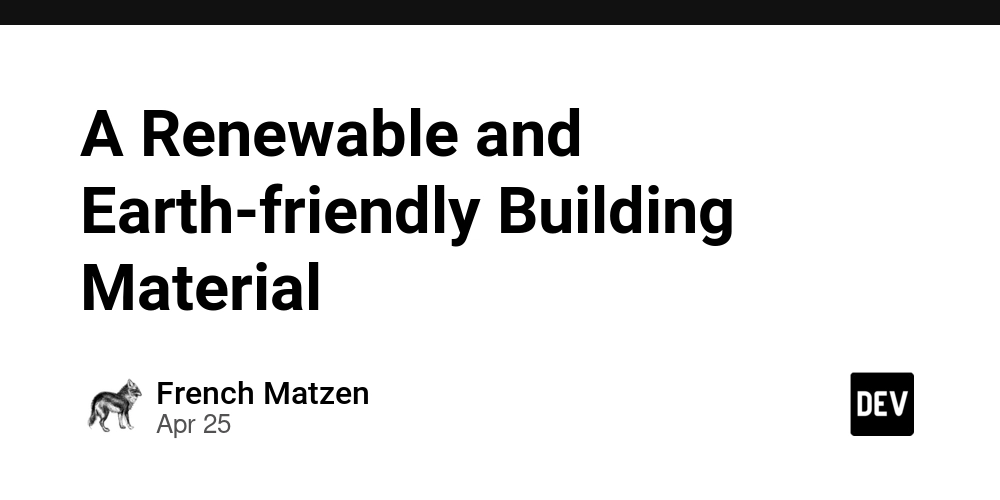














![[DEALS] Sterling Stock Picker: Lifetime Subscription (85% off) & Other Deals Up To 98% Off – Offers End Soon!](https://www.javacodegeeks.com/wp-content/uploads/2012/12/jcg-logo.jpg)












































































































.jpg?#)























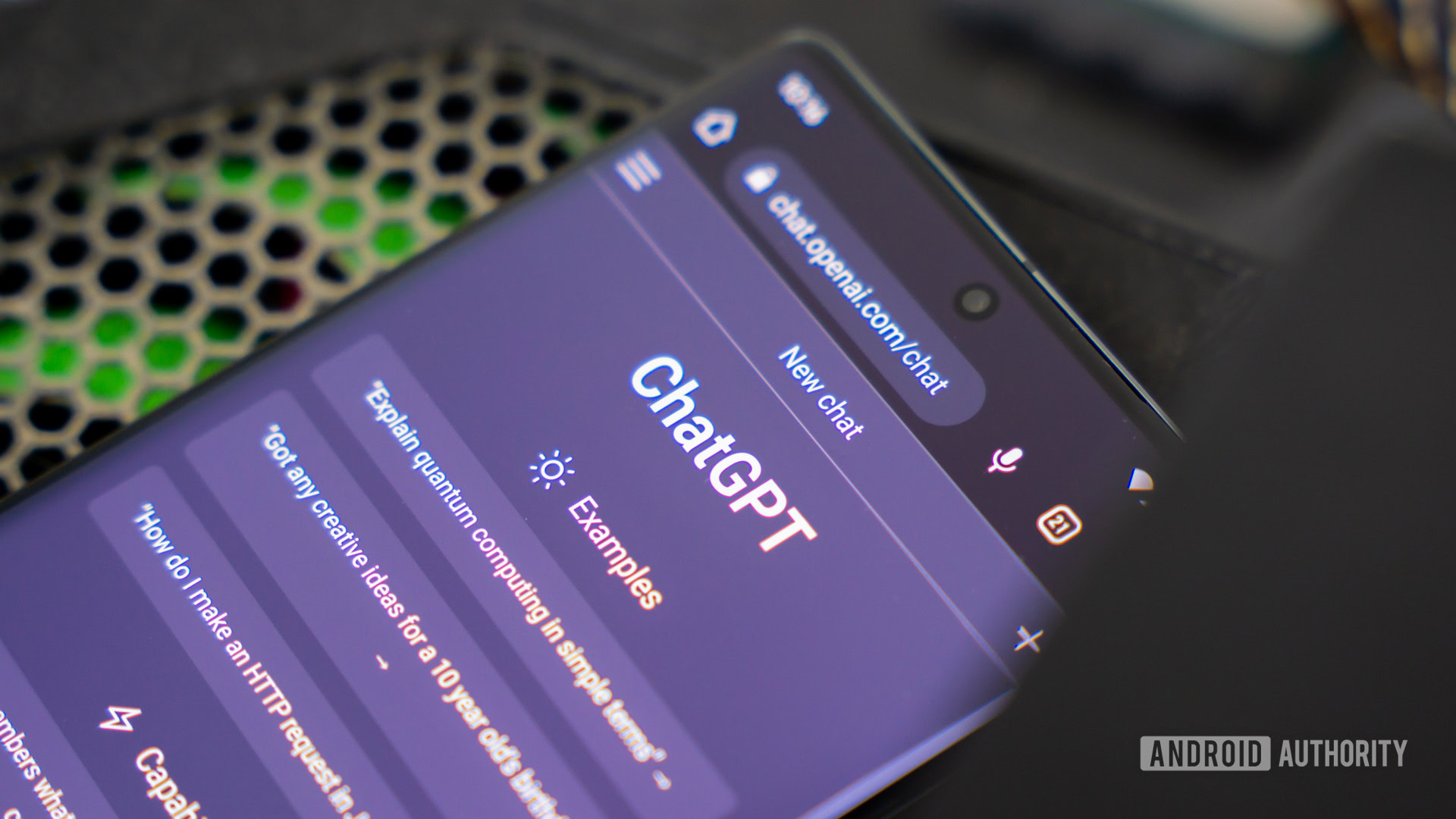


























































































































![Apple to Shift Robotics Unit From AI Division to Hardware Engineering [Report]](https://www.iclarified.com/images/news/97128/97128/97128-640.jpg)

![Apple Shares New Ad for iPhone 16: 'Trust Issues' [Video]](https://www.iclarified.com/images/news/97125/97125/97125-640.jpg)

















